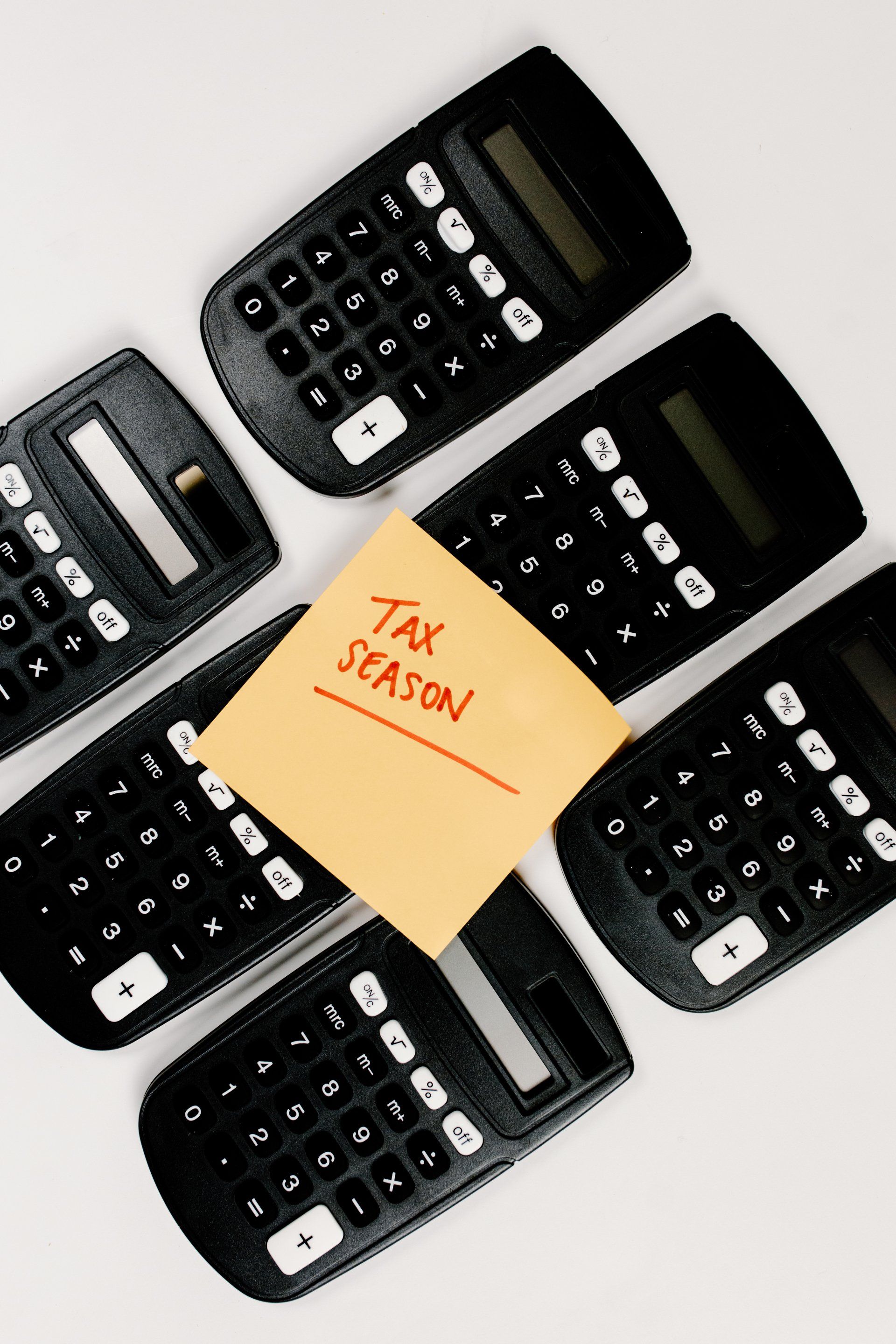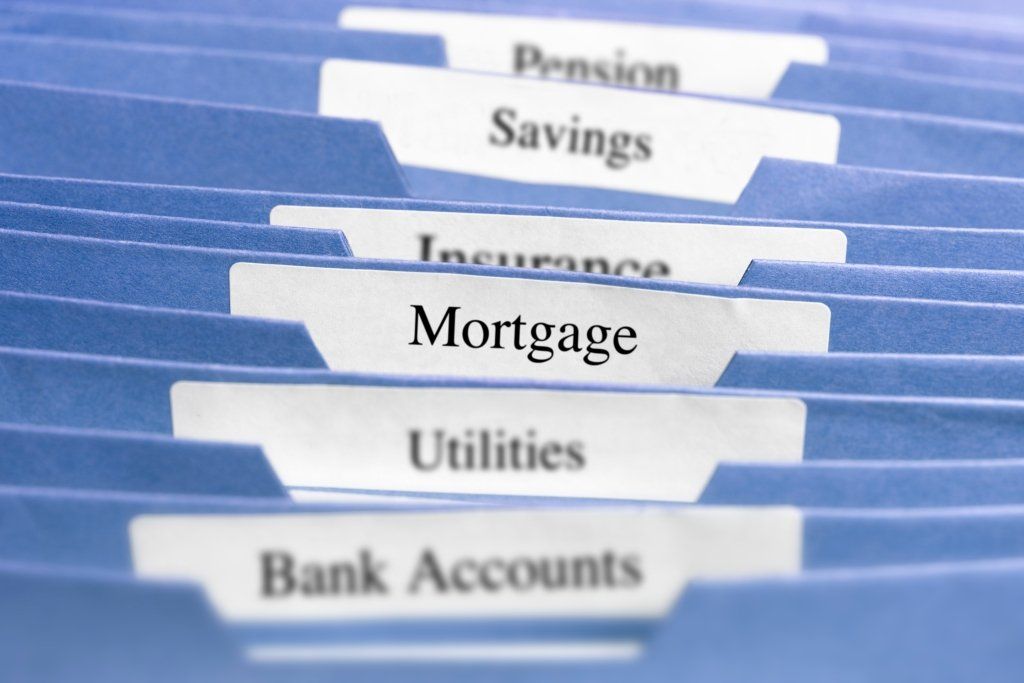Blog Layout
What You Need to Know About Buyer Love Letters to Home Sellers
October 26, 2021
Think twice before you write or receive a home love letter.

Did you hear the one about the dog who wrote a love letter? Not to his owner, but to a home seller. Well, actually the dog’s owner wrote the letter in Buddy’s voice, describing how wag-worthy the house was and how much he craved a game of fetch in the backyard.
Doggie ghostwriting, which happened IRL, is just one example of how home buyers are using creativity to try to get their offer accepted. It sounds harmless enough. But buyer letters to home sellers can unintentionally create Fair Housing Act discrimination and risks for buyers, sellers, and their agents.
How Love Letters to Home Sellers Work
“A love letter is any communication from the buyer to the seller where the buyer is trying to set themselves apart,” says Deanne Rymarowicz, associate counsel at the National Association of REALTORS®. “ It could be an email, a Facebook post, a photo. Some buyers send elaborate packages with videos and letters. The communication has the intent of ‘pick me, and here’s why.’”
Buyers who write the letters typically send them to the listing agents, along with their offers, says Paul Knighton, CEO and cofounder of MORE Realty in Tigard, Ore. “They ask, ‘Would you please pass this along to the sellers?’ They’re trying to do what they can to get their offer accepted, especially in a competitive market.”
Letters Can Risk Violating Fair Housing Act
While these love letters may seem harmless enough, they can create a problem if buyers accidentally reveal information in one or more of the seven areas protected by the Fair Housing Act, Rymarowicz explains. Those areas are race, color, religion, sex, disability, familial status, or national origin. “Buyers could say something like, ‘this is down the street from our temple,’ or ‘the hallways are wide enough to accommodate my wheelchair.’ Anything that provides personal information related to one of the prohibited bases for discrimination could result in a violation if a seller makes a decision based on that information.”
Do Love Letters to Home Sellers Work?
In addition to creating potential risk, love letters to sellers aren’t all that effective, Knighton says. A case in point: Several years ago, one of his clients got 14 offers overnight, ranging from $219,000 to $250,000. “A person who offered $225,000 wanted to send a love letter. I said to him, ‘You’re writing an offer that’s $25,000 under the highest offer. A letter’s not going to help.’ He wrote it anyway, but the seller didn’t even read it and took the higher offer. The offer needs to stand on its own.”
Beyond ignoring the letters, some sellers may be completely turned off, Rymarowicz says. “They may think, ‘This is a financial transaction.’”
Even the circumstances can suggest Fair House Act discrimination, she explains. Say that an offer with a love letter got the house but was less attractive than an offer without a letter. “If the losing buyer doesn’t share characteristics of the seller and the winning buyer does, you could potentially have a situation. If sellers accept love letters, it’s more important that they document the basis of their decision when selecting a winning offer.”
Tips to Avoid Violating the Fair Housing Act
Here are five tips to avoid risk of violating the Fair Housing Act:
1. Keep the contract in mind:
Knighton says real estate pros at his firm talk to buyers and sellers about contract boundaries. “We say, 'Please don’t communicate with the other party, because we are in contract negotiations and need to manage time frames.'”
2. Focus on objective information:
Find ways to differentiate yourself on objective terms. And talk to the agent about how to improve the substance of your offer, Rymarowicz advises. “Can you make a larger earnest money deposit? Can you give them a longer closing date?”
3. Proceed with caution:
The NAR discourages buyer letters to home sellers and advises caution, according to Rymarowicz.
4. Talk to your agent:
Don’t be surprised if your real estate agent brings up the subject. “If you’re the seller, the listing agent may talk to you about the potential for Fair Housing violations. They may ask if you want to accept the risks,” Rymarowicz says. If the agent doesn’t raise the subject of buyer letters, the buyer or seller can do so.
5. Know your state law:
Oregon passed a law governing how letters to home sellers are used. “Effective January 2022, a seller’s agent must reject any communication from a buyer other than customary documents,” Knighton says.
Even if a buyer letter to a seller focuses on the property and not the buyer, there’s little to be gained, Knighton says. “There’s risk, but the reward isn’t there. Instead, focus on writing a really strong offer. That’s what has to stand out.”

By HouseLogic
•
September 22, 2021
Oh, let’s just admit it, shall we? Browsing for homes online is a window shopper’s Shangri-La. The elegantly decorated rooms, the sculpted gardens, the colorful front doors that just pop with those “come hither” hues. Browser beware, though: Those listings may be seductive, but they might not be giving you the complete picture. That perfect split-level ranch? Might be too close to a loud, traffic-choked street. That handsome colonial with the light-filled photos? Might be hiding some super icky plumbing problems. That attractively priced condo? Miiiight not actually be for sale. Imagine your despair when, after driving across town to see your dream home, you realize it was sold. So let’s practice some self-care, shall we, and set our expectations appropriately. Step one, fill out our home buyer’s worksheet . The worksheet helps you understand what you’re looking for. Step two, with that worksheet and knowledge in hand, start browsing for homes. As you do, keep in mind exactly what that tool can, and can’t, do. Here’s how. Full Article ->

November 10, 2020
The rabid interest in West Hawaii real estate has led to a 63.41% year over year increase in the number of single family homes sold in North Kona and a 21% increase in residential sales in South Kohala according to statistics from Hawaii Information Service for October 2020. According to the Griggs Report, inventory is at the lowest level for this date since the monthly housing statistics were first reported. Pending sales are strong and lack of inventory is driving up prices. This has caused the Pending Ratio to reach a new recovery high. The current data trend shows several similarities to the peak demand years of 2003 and 2004. Median price remains up +14% and 30 day sales are at recovery peak. Prices ranges up to $1.5 million are in the peak demand category. Inventory for homes listed below $700,000 are less than 20. Median prices for single family homes in North Kona jumped 32%year over year as more homes are selling in the upper eschalon of prices due to the lack of inventory below $700,000. The median price of homes was $869,000 with condos jumping 8.32% year over year to $371,000 up from $342,500 in 2019. Condo sales have been improving and sales are up 7.5% from last year when 40 condos sold in October 2019 and 43 sold in 2020. Land sales are following the trend of the improved residential market with sharp decline in inventory with sales rising 133% year over year from 9in 2019 to 21 in 2020. This improved demand has caused prices to increase dramatically since August. This demand and price trend is similar to the peak demand year in 2004. The Griggs Report is published semi-monthly by Michael B. Griggs, PB, GRI

By Taylor Rodamer
•
October 21, 2020
From tech tools, trends and marketing ideas to real world local case studies during the challenging days of COVID-19, here are five things you should know about the Adapt and Thrive Tech Expo: 1. The Expo is complimentary with your membership! It’s FREE. NO charge. 2. Nobu Hata, past NAR Director of Outreach, will discuss the “New Normal in RE/Tech” and trends. 3. WHAR member, Dylan Nonaka, will be a panelist sharing his experience successfully managing the pandemic on the “Adapt and Thrive” panel on October 27th at 9 am. 4. HIS will share a special preview of its fast and new powerful MLS system coming 2021. 5. Prizes! Networking! Don’t forget it is 8:00 am to 12:00 pm each day. CLICK HERE TO REGISTER
By Taylor Rodamer
•
October 18, 2020
As historic interest rates continue to drive demand in West Hawaii, buyers are snapping up homes creating a marked lack of inventory and days on the market is dropping quickly. According to statistics from the Hawaii Information Service in September, the median price for single family homes increased by 13.48% year over year in North Kona from $688,000 to $780,750. Condo median sales prices have increased 16.50% from $339,000 in 2019 to $394,950, a 16.50% increase. For number of sales, 7 more single family homes sold in North Kona in September 2020 compared to September 2019, a 15.56% increase from 45 sales to 52. For condos, sales jumped 20% from 35 sales in 2019 to 42 in 2020. South Kohala residential sales price jumped 24.90% year over year while prices of condos declined by 3.2%. The number of sales for both single family homes and condos dropped year over year by 6.67% for SFR and 9.09% for condos. In South Kohala, the number of sales of residential homes jumped 106.67% from 15 in 2019 to 31 in 2020. For condos the sales numbers dropped 10.53%. Looking at third quarter statistics from July to September, North Kona prices have increased by 10.92% and condos rose 20% year over year while number of sales have increased 10.49% and condos have decreased 6.19% . According to the Griggs Report: Inventory is at the lowest level for this date in 23 years. Prices ranges up to $1.5M are in the peak demand category while only 20 homes are now listed below $700,000. The island wide pending ratio is approaching the peak demand level. Condo statistics are showing the effects of lack of tourist traffic and pending sales are strong and probably would be higher if it weren’t for the lack of inventory.
West Hawaii Association of REALTORS®
75-5660 Kopiko Street, Suite A-2
Kailua-Kona, HI 96740
Phone (808) 329-4874






